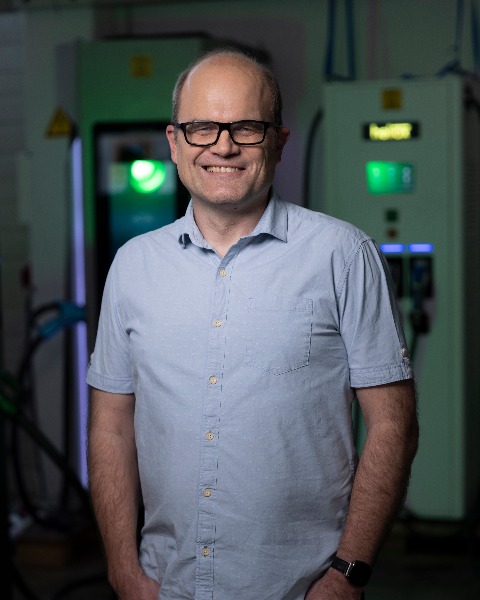Back
Integrating Vehicle-to-grid Functionality as a Key Element to the Energy Transition
Tuesday, September 10, 2024
3:30 PM - 3:55 PM PT
Location: Electric Drive Theater, #AL66000, Arena Lobby, ACC

Joerg Heuer (he/him/his)
Chief Executive Officer & Co-Founder
EcoG GmbH
Munich, Bayern, Germany
Show Floor Speaker(s)
This session analyzes how to develop vehicle-to-grid (V2G) capabilities in electric vehicles and how they can be effectively integrated into existing electric vehicle charging infrastructure and grid services. Bi-directional charging, a technology that allows energy to be transferred back to the power grid from the battery of an electric car and vice versa, has the potential to be a game-changer for electric grid infrastructure. More than 350 million electric cars are expected to be on the road globally by 2030 compared to 26 million in 2022. The growing number of electric cars in conjunction with their batteries serves as an energy supply backup and offers the possibility of grid stability and an increased share of renewable energy across the US power grid. Intelligent charging solutions play a decisive role here. EVs can be integrated into the grid infrastructure and be used to store excess energy to unload during peak times. However, widespread implementation of V2G has not yet been realized because there has been a historic lack of compatibility between charging stations and car manufacturers.
